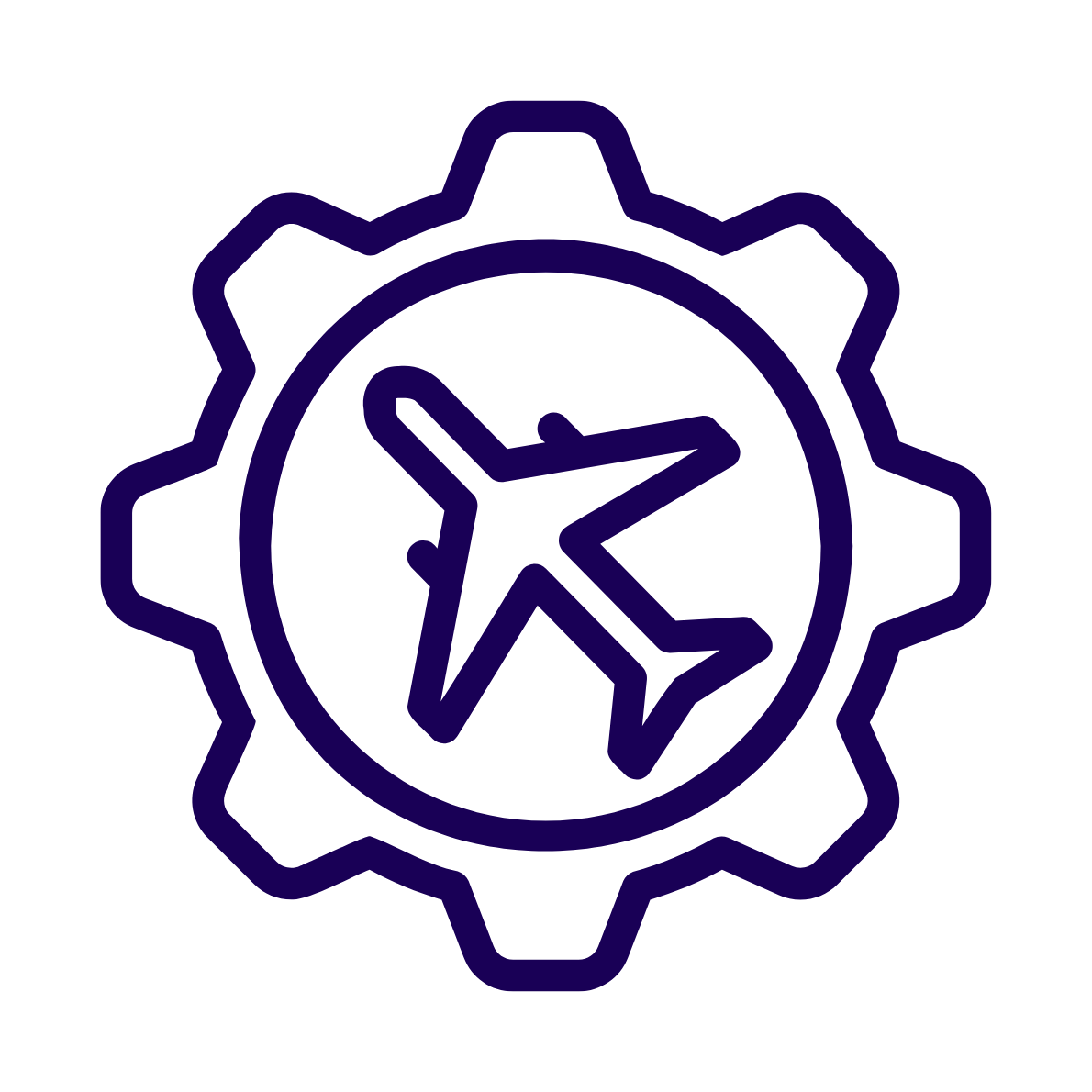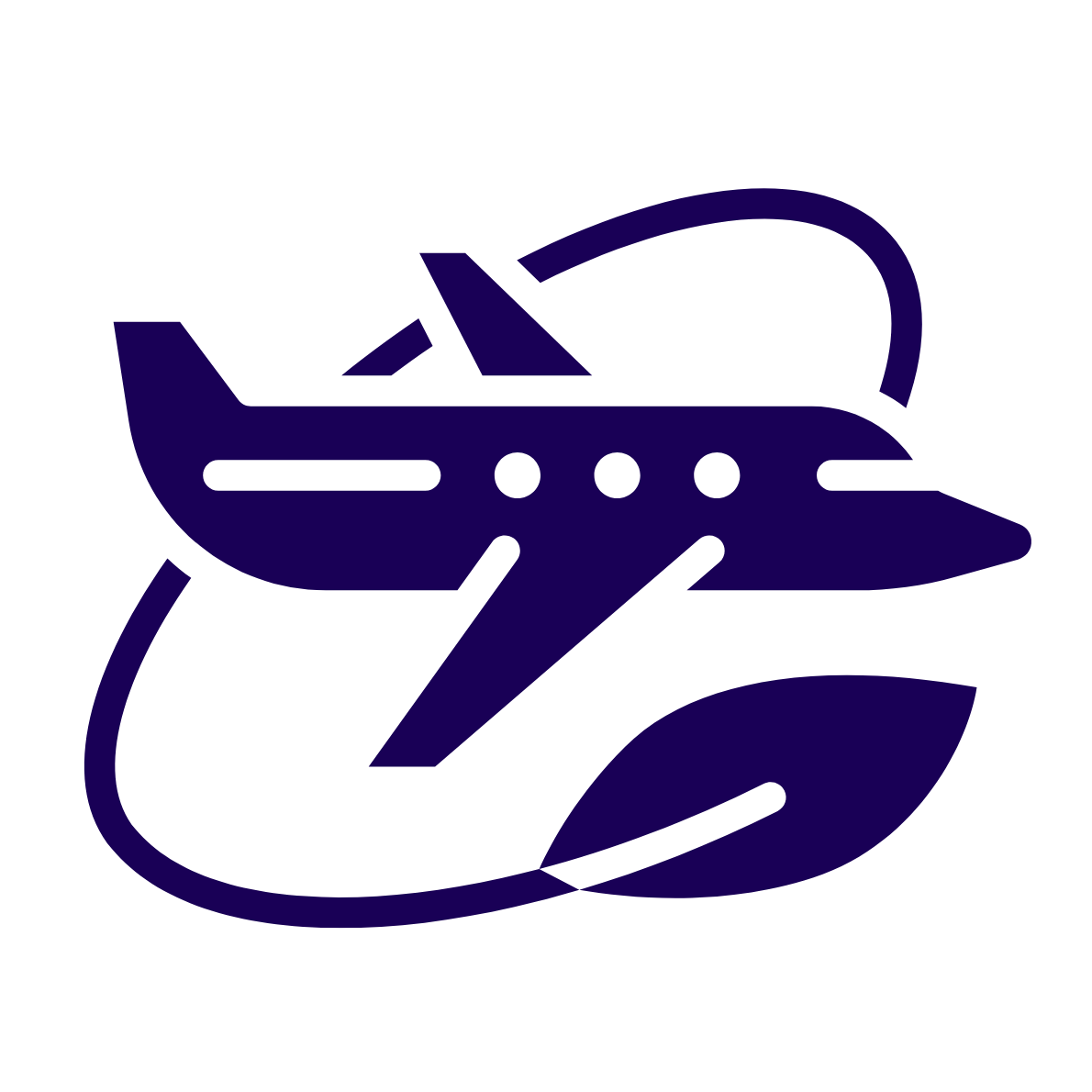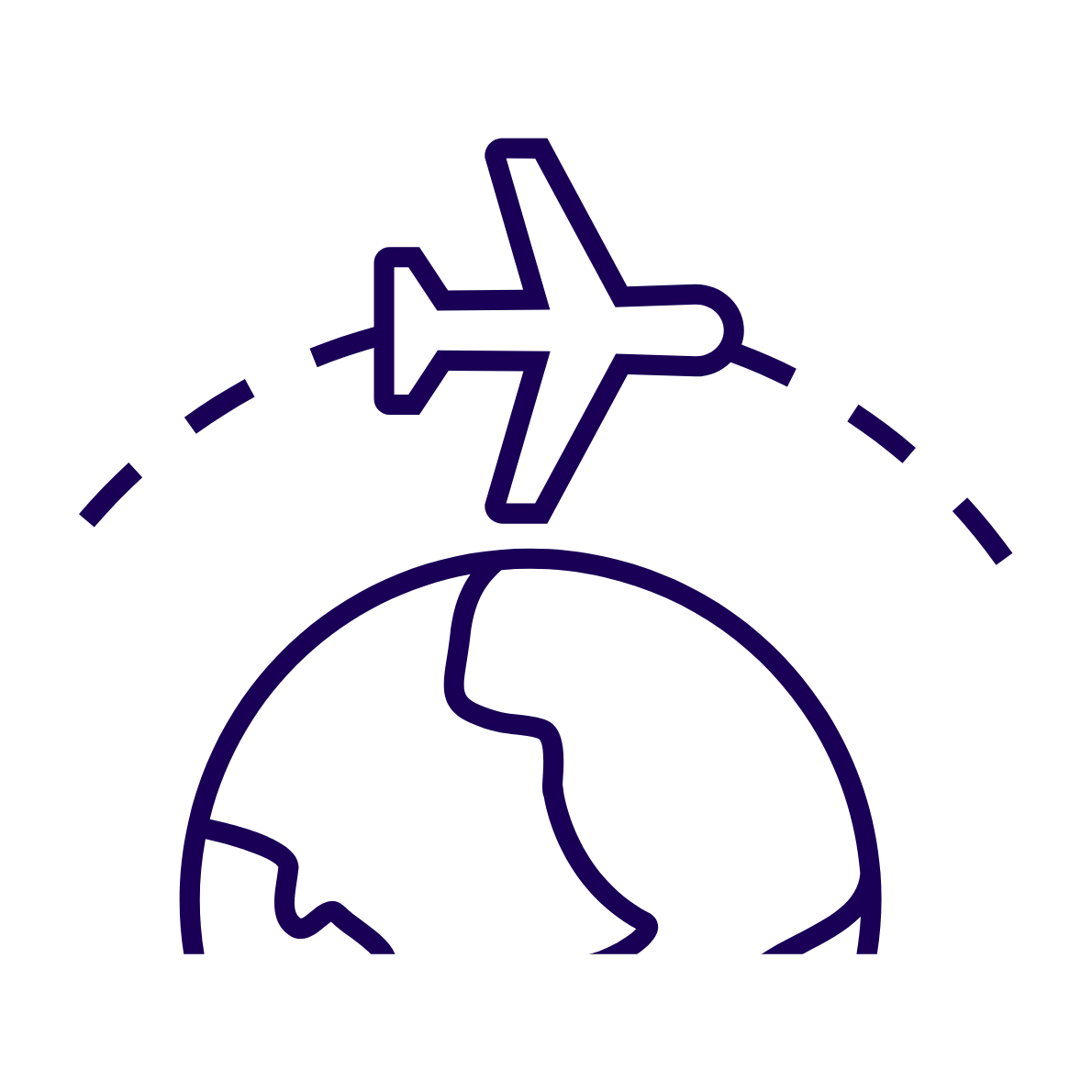.jpg)
Control
.jpg)
Principles of Flight – Control introduces young aviators to how pilots manage an aircraft’s movements in the sky and on the ground. You’ll learn about the main flight control surfaces—rudder, elevator, and ailerons—and discover how they affect yaw, pitch, and roll. The lesson also explains how airspeed changes control effectiveness, and how ground control works during taxi, takeoff, and landing.
In this lesson, you’ll understand the three primary control surfaces and how each one makes the aircraft turn, climb, or bank. You’ll see why controls feel firm at high speed but less effective at low speed, and how even small rudder adjustments on the ground keep the airplane steady during takeoff and landing. By the end, you’ll know how pilots stay in command of the aircraft from runway to sky.
.png)
.png)





